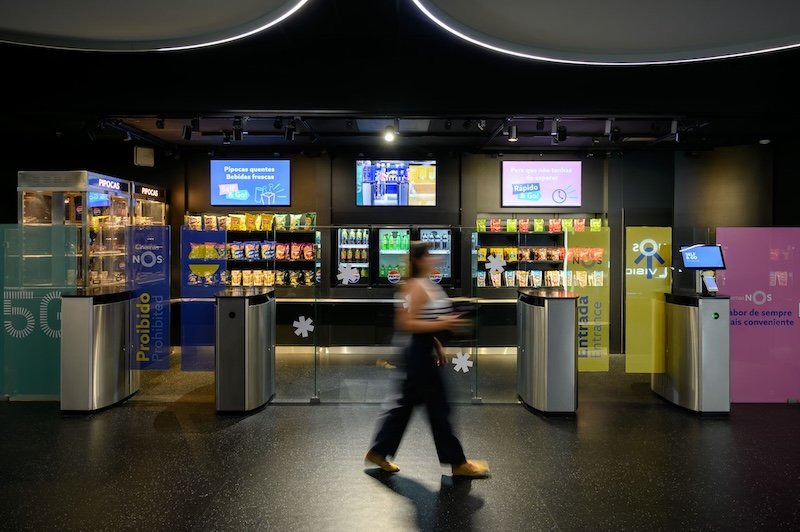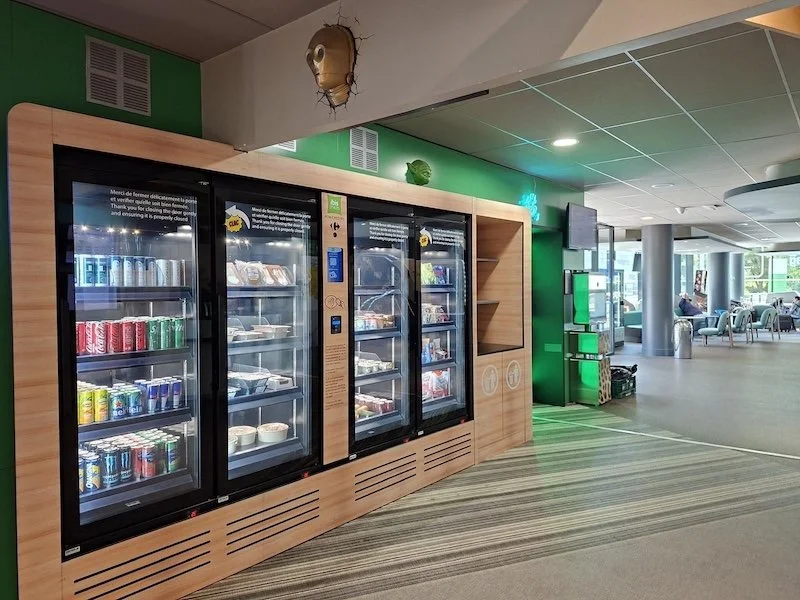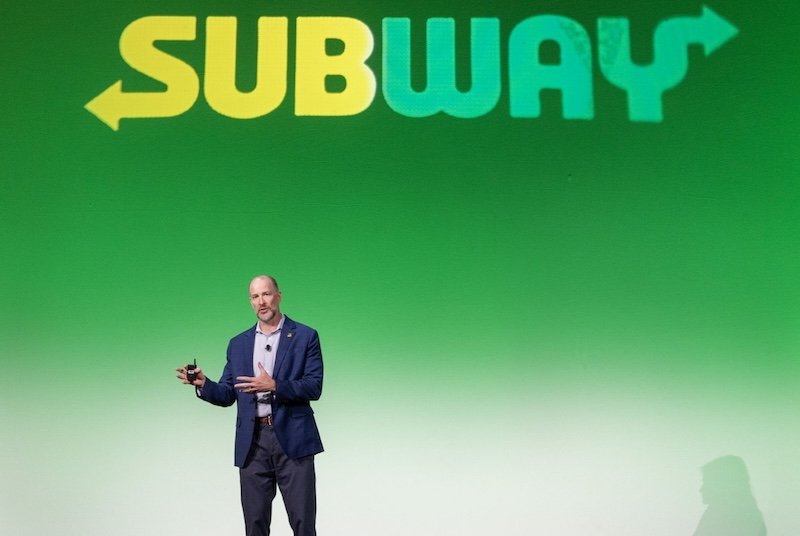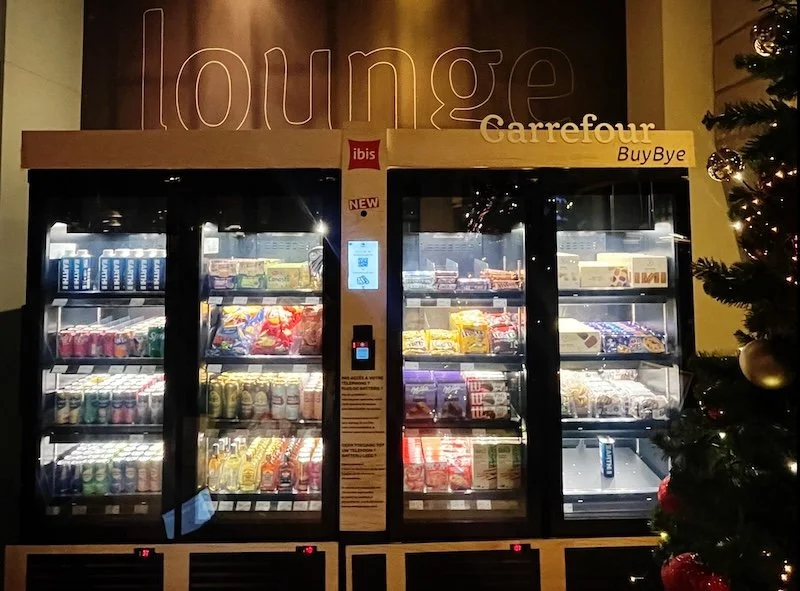The role of category management software in optimising assortments
This publication has established that traditional assortment planning has been done using conventional methods that are labour intensive, tedious, and inaccurate.
This makes the problem real and critical since retailers cannot make right decisions just in time or else they provide the wrong product assortment that does not meet the needs of the clients. This traditional approach can lead to over stocking, stock outs and lost sales, which in turn affects general profitability and customer satisfaction.
On the other hand, the use of technology in assortment planning has been revolutionised by the introduction of category management software. This software allows the retailers to process large amounts of data and get real-time information on sales performance, customer behaviour, and market activity.
It helps companies to leverage information, manage product ranges, and adapt to the evolving customers’ requirements quickly. In a similar vein, trade promotion management software provides tools to optimize promotional strategies and improve overall marketing efforts. By integrating both systems, retailers can create a more cohesive and data driven approach to product assortment and trade promotions.
This article explains how, through the use of category management software, retailers may improve efficiency, minimise the occurrence of errors, and develop better customer oriented assortments than their competitors in the current volatile retail environment.
What is Category Management For?
Category management is an approach that involve organising products into categories and treating them in the same manner as business units. This approach extends the scope of the task to categorisation of products; it involves developing a market oriented approach to each category as if it is a separate business with its own marketing mix, price positioning, and merchandising.
Hence, retailers can be confident that all the product categories sold meet consumers’ needs and are readily accessible, which results in the higher sales of products and customer loyalty.
Nonetheless, assortment optimization is the process of identifying how many products should be sold or which products should be sold in each category so that it can meet the consumer needs. Perhaps the most important concept of all is having the right stock levels, in the right products, at the right time.
Another positive aspect of the proper assortment control is to guarantee that popular stock items are always on hand while This not only increase sales because the customers’ needs are fulfilled, but also reduces the costs on inventory and markdowns.
In conclusion, both category management and assortment optimisation are strategic weapon that can help the retailer in satisfying the customer needs and the market while enhancing the profitability in the current competitive environment.
How Category Management Software Optimises Assortments
This process is well facilitated by the use of category management software as it provides data to support the decision making process, better product selection and real time adjustments for the best outcomes.
Data driven decision making
Where assortment planning has been done traditionally, it is done with the help of past sales data or even guess work and thus the right product mix is not planned.
For instance, whereas with category management software, retailers are able to get a lot of information such as sales, customers and market trends. This data driven approach enables firms to determine the potential revenue making combinations and establish which products appeal to their consumers.
Enhanced Product Selection
The most important benefit of such an application is that it can help to improve product assortment. It is not only centered on thesales but rather It is more detailed in terms of how the product is performing specifically in the various categories, regions and customer segments.
This will in turn assist the retailers to identify which particular product is not generating the expected sales and, therefore, the right decision can be made of either downsizing or even totally ceasing the product.
Likewise, the software determines the bestselling products that should be continued or increased in the product offering. This focused approach to the identification of the products to be offered allows for the products that are being offered to meet consumer needs and desires while also promoting the highest levels of revenue and profitability.
For example, if some specific models of the same product are being sold more than others, the software may highlight this, and as a result, retailers will want to stock up on this product. This level of information allows retailers to build assortments that are more appropriate and effective than their competition and more attractive to consumers.
Real Time Analysis and Flexibility
It is therefore important in today’s retail environment to be able to switch between strategies as and when the market conditions change. Since category management software provides real-time data analysis tools, This is the ability to offer the right products at the right time and at the right place so that situations where sales can be made are not missed or when inventory is accumulated.
For instance, if a given product category undergoes a steep rise in the demand then the software thereof notifies the retailers to avoid running out of stock.
Furthermore, since the software can easily link with other systems including inventory management, CRM, and PoS systems, it provides a single view of product performance to support efficient assortment planning. This flexibility enables the retailers to achieve the right product mix, address the ever changing market and provide the customers with favourable shopping experience.
Future Trends in Category Management Software
Some of the emerging trends that will shape the future of category management software are the use of artificial intelligence and machine learning. All these technologies will further advance assortment planning by providing predictive analytics to help the retailers to predict the market demand more accurately and adjust the assortments according to the current market situation.
For instance, using the information about consumer behaviour, sales, and other conditions, such as the time of year, AI can recommend what goods are profitable to sell and which goods should be presented to consumers now, which will be useful for retailers.
Another significant trend is the application of cloud technologies to get necessary data as well as to collaborate with various departments and teams, as well as with partners from other countries. This cloud integration gives retailers the latest information to help them make quick decisions to optimise their assortment to the consumer’s requirements.
Personalisation will also be a major theme because future category management software will be more customer oriented. With the help of AI and ML, retailers can offer right products to the right customer by providing right product assortment to the individual customer be it online or in-store.
This level of configuration allows products to not only meet general market trends but also the needs of a specific consumer to increase sale and build brand loyalty in the current changing retail environment.































Continue reading…